Jia Cui
Demand Response Method Considering Multiple Types of Flexible Loads in Industrial Parks
May 24, 2022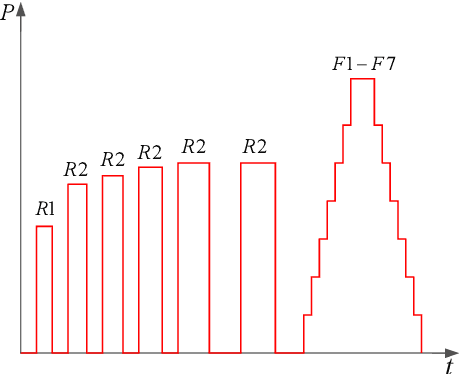

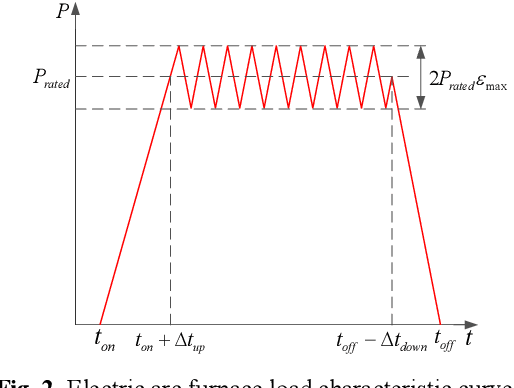

Abstract:With the rapid development of the energy internet, the proportion of flexible loads in smart grid is getting much higher than before. It is highly important to model flexible loads based on demand response. Therefore, a new demand response method considering multiple flexible loads is proposed in this paper to character the integrated demand response (IDR) resources. Firstly, a physical process analytical deduction (PPAD) model is proposed to improve the classification of flexible loads in industrial parks. Scenario generation, data point augmentation, and smooth curves under various operating conditions are considered to enhance the applicability of the model. Secondly, in view of the strong volatility and poor modeling effect of Wasserstein-generative adversarial networks (WGAN), an improved WGAN-gradient penalty (IWGAN-GP) model is developed to get a faster convergence speed than traditional WGAN and generate a higher quality samples. Finally, the PPAD and IWGAN-GP models are jointly implemented to reveal the degree of correlation between flexible loads. Meanwhile, an intelligent offline database is built to deal with the impact of nonlinear factors in different response scenarios. Numerical examples have been performed with the results proving that the proposed method is significantly better than the existing technologies in reducing load modeling deviation and improving the responsiveness of park loads.
A Robust Approach for the Decomposition of High-Energy-Consuming Industrial Loads with Deep Learning
Mar 11, 2022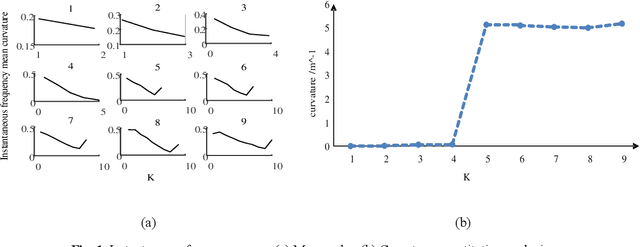


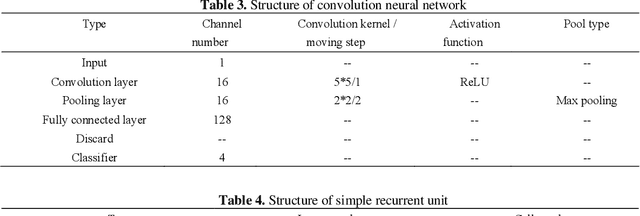
Abstract:The knowledge of the users' electricity consumption pattern is an important coordinating mechanism between the utility company and the electricity consumers in terms of key decision makings. The load decomposition is therefore crucial to reveal the underlying relationship between the load consumption and its characteristics. However, load decomposition is conventionally performed on the residential and commercial loads, and adequate consideration has not been given to the high-energy-consuming industrial loads leading to inefficient results. This paper thus focuses on the load decomposition of the industrial park loads (IPL). The commonly used parameters in a conventional method are however inapplicable in high-energy-consuming industrial loads. Therefore, a more robust approach is developed comprising a three-algorithm model to achieve this goal on the IPL. First, the improved variational mode decomposition (IVMD) algorithm is introduced to denoise the training data of the IPL and improve its stability. Secondly, the convolutional neural network (CNN) and simple recurrent units (SRU) joint algorithms are used to achieve a non-intrusive and non-invasive decomposition process of the IPL using a double-layer deep learning network based on the IPL characteristics. Specifically, CNN is used to extract the IPL data characteristics while the improved long and short-term memory (LSTM) network, SRU, is adopted to develop the decomposition model and further train the load data. Through the robust decomposition process, the underlying relationship in the load consumption is extracted. The results obtained from the numerical examples show that this approach outperforms the state-of-the-art in the conventional decomposition process.
Minimum Bayes Risk Training of RNN-Transducer for End-to-End Speech Recognition
Nov 28, 2019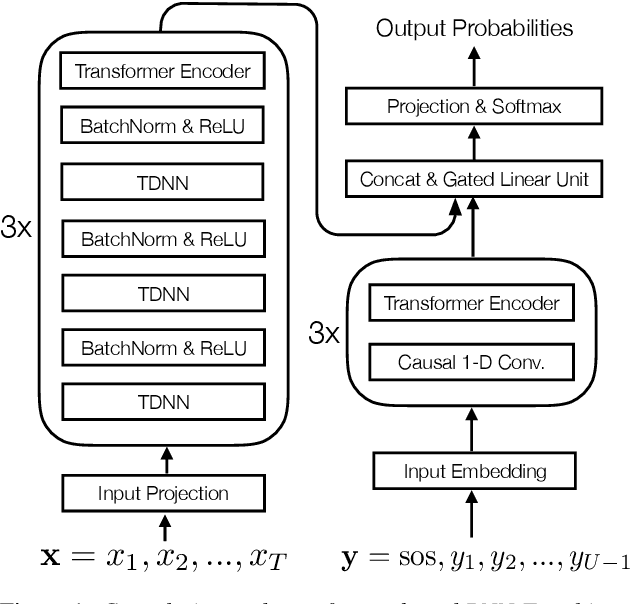
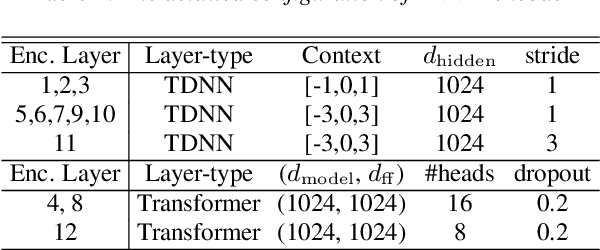
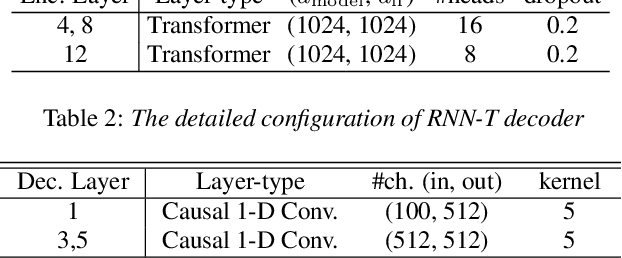
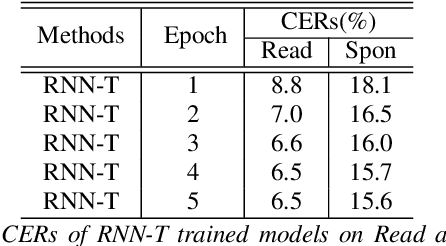
Abstract:In this work, we propose minimum Bayes risk (MBR) training of RNN-Transducer (RNN-T) for end-to-end speech recognition. Specifically, initialized with a RNN-T trained model, MBR training is conducted via minimizing the expected edit distance between the reference label sequence and on-the-fly generated N-best hypothesis. We also introduce a heuristic to incorporate an external neural network language model (NNLM) in RNN-T beam search decoding and explore MBR training with the external NNLM. Experimental results demonstrate an MBR trained model outperforms a RNN-T trained model substantially and further improvements can be achieved if trained with an external NNLM. Our best MBR trained system achieves absolute character error rate (CER) reductions of 1.2% and 0.5% on read and spontaneous Mandarin speech respectively over a strong convolution and transformer based RNN-T baseline trained on ~21,000 hours of speech.
 Add to Chrome
Add to Chrome Add to Firefox
Add to Firefox Add to Edge
Add to Edge